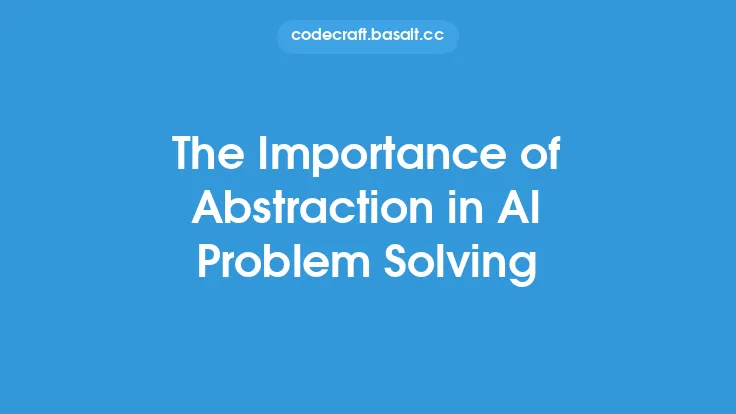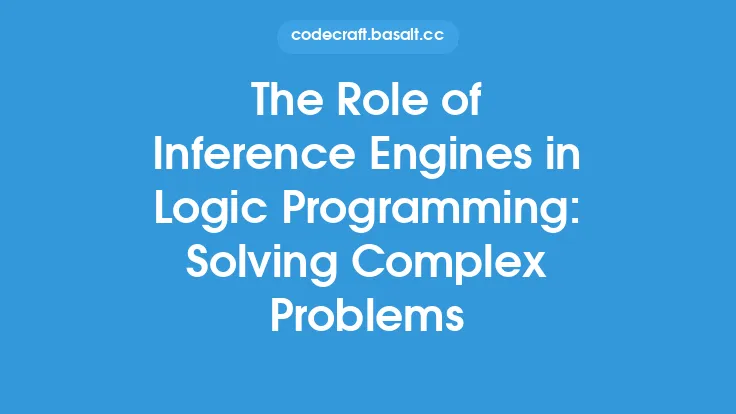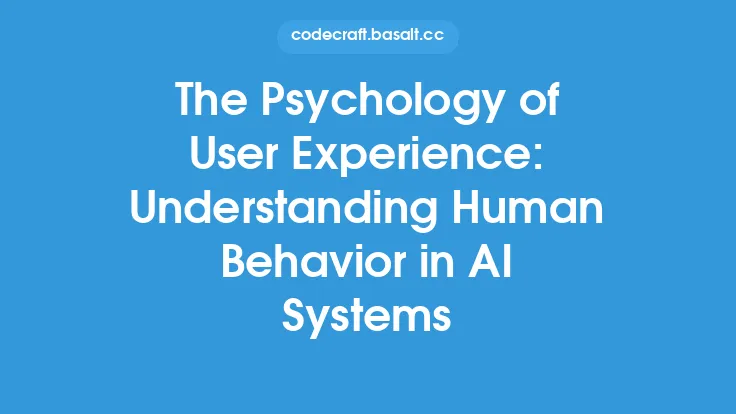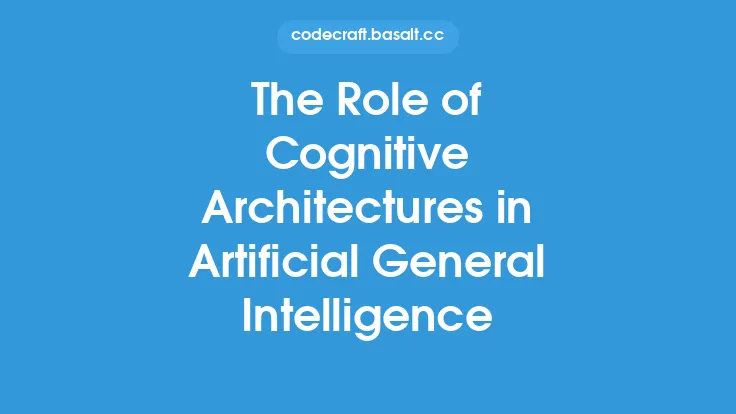Heuristics play a vital role in AI problem solving, as they enable machines to make informed decisions and find solutions to complex problems efficiently. In essence, heuristics are mental shortcuts or rules of thumb that help AI systems navigate through vast solution spaces and identify promising paths to explore. By leveraging heuristics, AI algorithms can reduce the computational complexity of problem solving, making them more scalable and effective in real-world applications.
Introduction to Heuristics
Heuristics are approximate methods that sacrifice some degree of optimality for the sake of computational efficiency. They are often based on domain-specific knowledge, expert intuition, or statistical patterns, which are used to guide the search for solutions. Heuristics can be categorized into two main types: knowledge-based heuristics and search-based heuristics. Knowledge-based heuristics rely on explicit knowledge about the problem domain, such as rules, constraints, and relationships, to make informed decisions. Search-based heuristics, on the other hand, focus on exploring the solution space efficiently, using techniques like hill climbing, simulated annealing, or genetic algorithms.
Heuristic Search Algorithms
Heuristic search algorithms are a fundamental component of AI problem solving, as they enable machines to explore vast solution spaces and identify optimal or near-optimal solutions. These algorithms typically consist of three components: a heuristic function, a search strategy, and a termination condition. The heuristic function estimates the distance from a given state to the goal state, guiding the search towards promising areas of the solution space. The search strategy determines how to explore the solution space, using techniques like depth-first search, breadth-first search, or best-first search. The termination condition specifies when to stop the search, usually when a satisfactory solution is found or a maximum number of iterations is reached.
Admissible and Consistent Heuristics
In heuristic search algorithms, the quality of the heuristic function is crucial to the algorithm's performance. An admissible heuristic is one that never overestimates the true distance to the goal state, ensuring that the algorithm will not miss the optimal solution. A consistent heuristic, on the other hand, is one that satisfies the triangle inequality, meaning that the estimated distance to the goal state is always less than or equal to the true distance. Admissible and consistent heuristics are essential for guaranteeing the optimality of the solution, as they ensure that the algorithm will not get stuck in an infinite loop or explore irrelevant areas of the solution space.
Heuristic Evaluation Functions
Heuristic evaluation functions are used to estimate the quality of a given solution or state. These functions typically combine multiple factors, such as the distance to the goal state, the number of constraints satisfied, or the presence of specific features. Heuristic evaluation functions can be categorized into two main types: static evaluation functions and dynamic evaluation functions. Static evaluation functions are computed once and remain constant throughout the search, whereas dynamic evaluation functions are recomputed at each iteration, taking into account the current state and the search history.
Applications of Heuristics in AI
Heuristics have numerous applications in AI, ranging from planning and decision making to computer vision and natural language processing. In planning, heuristics are used to guide the search for optimal plans, taking into account factors like resource availability, time constraints, and goal priorities. In computer vision, heuristics are used to detect objects, track motion, and recognize patterns, leveraging domain-specific knowledge and statistical patterns. In natural language processing, heuristics are used to parse sentences, identify entities, and generate text, relying on linguistic rules, semantic patterns, and statistical models.
Challenges and Limitations of Heuristics
While heuristics are powerful tools for AI problem solving, they also have several challenges and limitations. One of the main challenges is the trade-off between optimality and efficiency, as heuristics often sacrifice some degree of optimality for the sake of computational efficiency. Another challenge is the difficulty of designing effective heuristics, which requires domain-specific knowledge, expert intuition, and a deep understanding of the problem domain. Additionally, heuristics can be sensitive to the quality of the input data, the choice of parameters, and the presence of noise or uncertainty, which can affect their performance and reliability.
Future Directions and Open Research Questions
The study of heuristics in AI is an active area of research, with several open questions and future directions. One of the main open questions is the development of more effective and efficient heuristics, which can balance optimality and efficiency in complex problem domains. Another open question is the integration of heuristics with other AI techniques, such as machine learning, deep learning, and evolutionary computation, to create more powerful and flexible problem-solving systems. Additionally, there is a need for more research on the theoretical foundations of heuristics, including the development of formal frameworks, mathematical models, and computational complexity analysis, to better understand the strengths and limitations of heuristics in AI problem solving.





